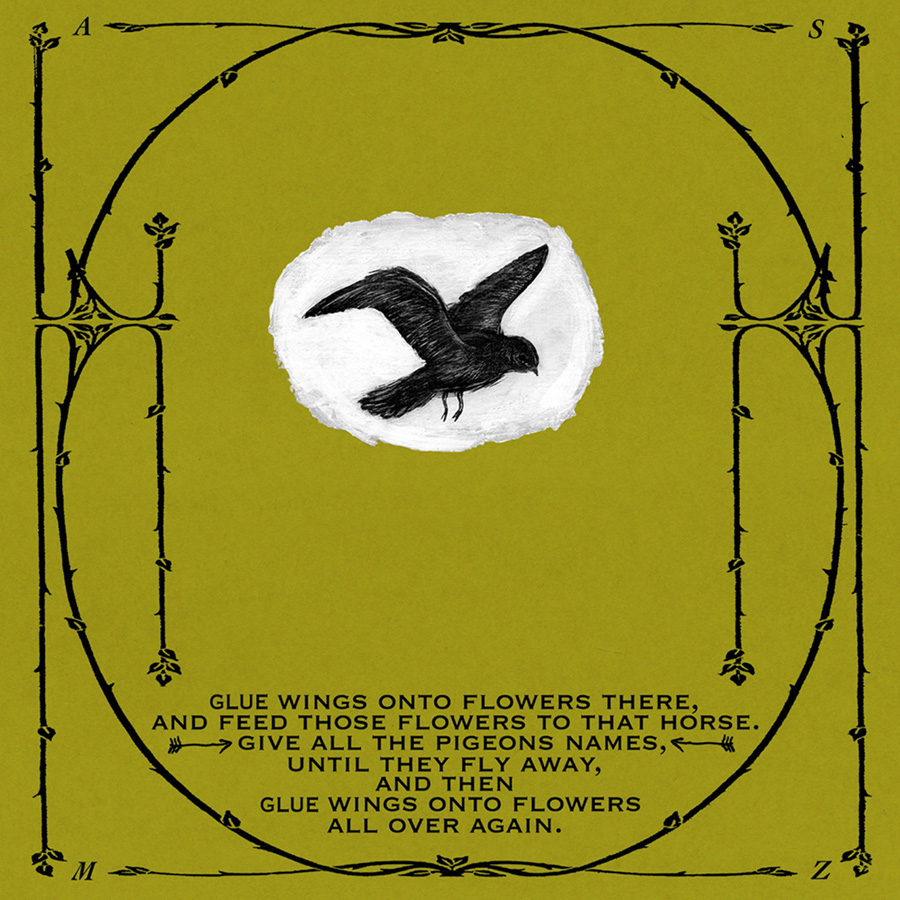Come no?
"Automatic Failures and Successes: A natural 1 (the d20 comes up 1) on a saving throw is always a failure, and the spell may cause damage to exposed items (see Items Surviving after a Saving Throw, below). A natural 20 (the d20 comes up 20) is always a success.
Items Surviving after a Saving Throw: Unless the descriptive text for the spell specifies otherwise, all items carried or worn by a creature are assumed to survive a magical attack. If a creature rolls a natural 1 on its saving throw against the effect, however, an exposed item is harmed (if the attack can harm objects). Refer to Table: Items Affected by Magical Attacks: Items Affected by Magical Attacks. Determine which four objects carried or worn by the creature are most likely to be affected and roll randomly among them. The randomly determined item must make a saving throw against the attack form and take whatever damage the attack dealt.
If the selected item is not carried or worn and is not magical, it does not get a saving throw. It simply is dealt the appropriate damage."
Table: Items Affected by Magical Attacks Order* Item
1st Shield
2nd Armor
3rd Magic helmet, hat, or headband
4th Item in hand (including weapon, wand, or the like)
5th Magic cloak
6th Stowed or sheathed weapon
7th Magic bracers
8th Magic clothing
9th Magic jewelry (including rings)
10th Anything else
* In order of most likely to least likely to be affected.
Certo non arriva al livello di dire, ad esempio, se un'armatura così colpita resti rovente (e magari col metallo che cola) per qualche round successivo, con relativi effetti in aggiunta, ma quello poi magari è anche eccessivo da un punto di vista di equilibrio del gioco (leggi: un giocatore sfigato, oltre a prendersi i danni pieni e perdere un oggetto al giorno, ha pure il rischio della vita del PG ulteriormente aumentato da effetti negativi addizionali).








